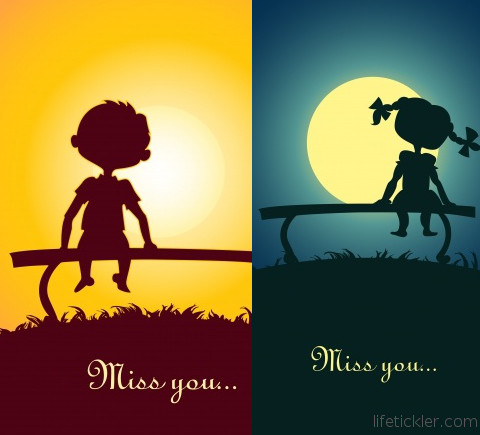The Myth behind the Stone
In Greek mythology, there was a maiden named Amethystos. She was pitied by Artemis who heard her prayer to remain innocent. It seemed that Dionysus, the god of wine and intoxication, more than fancied her. But she didn’t want any of that so the Virgin goddess Artemis turned her into a white stone. White – to honor her purity. Learning this and moved by Amethystos wish to be chaste, Dionysus gave honor upon the stone, offering wine over it. The color of the wine now taints the stone purple, a hue of which the stone amethyst is widely known for.
This story about the amethyst creation is not much of a secret. In fact, the name “Amethyst” is identified to come from the very name of the Greek maiden, meaning “not drunken” or “sober.”
The Greek story about the amethyst has other versions just as the amethyst stone has many uses nowadays. It isn’t merely a birthstone for a specific month or a choice jewelry of a person with a specific taste for the purple stone. It is now one of the many other colored gemstones that adorn engagement rings. So if you are a guy who embraces unconventional practices and wants to show how there is no harm in expressing love in a nontraditional way to your girlfriend, then maybe you might want to consider buying her an amethyst engagement ring. While other men impress with eccentric presentations over dinner, in an airplane high above the ground, or engagement rings hidden in sweet boxes, you might want to be unique in choosing the stone to represent your “transformative” love. In fact, the secret of how the amethyst can be capable of transforming its wearer is evident in how it can transform itself. This can be seen when an amethyst’s color changes when exposed to heat.

The PROS of buying an amethyst engagement ring:
- The amethyst gemstone will be perfect for a girl who is especially born or finds a close affinity to the month of February. Showing this in an amethyst engagement ring will be proof that you are paying close attention to the important dates in her life.
- If that isn’t the case then you might as well opt for a February engagement. Why? Because February, from Februarius, meaning to “purify” was, in ancient Roman traditions, a month of celebrations to reestablish the Empire’s want for righteous living. With this in mind, the month you propose will not only be the month of hearts but also the month of purification and what better way to remember it than with an amethyst engagement ring, which equally symbolizes spirituality.
- Although the meaning of this semi-precious gem does not immediately point to marriage, unity, and love, its ability, as known to some to sober up addictions, calm down anxiety and transform negative to positive energy, assures a harmonious union. Amethyst symbolizes spirituality, sincerity, and purity, all of which are great characteristics of a wedding vow.
- Most importantly, after digging into your pocket, you will be pleased to know that amethyst engagement rings compared to conventional engagement gems are affordable. This is owing to the recent discovery of amethyst mines in South America and Russia.
The CONS of buying an amethyst engagement ring:
- It is not widely accepted in comparison to the traditional diamond engagement ring, which for many readily symbolizes wedding before, after and forever. Compared to the amethyst, which comes from Greek “amethystos” or “not drunk”, the diamond comes from Greek “adamas” meaning “unconquerable”. If you are superstitious with meanings, you might want to consider before you give your girlfriend either a “sober” ring or an “undefeatable” ring.
- If your girl is mix-and-match conscious, she may find that, as romantic your idea may be of setting the engagement day on February with a purple-hued engagement ring stone to seal it, she may find it difficult to wear on daily basis. Unlike diamond, which goes with daily colors, the amethyst’s rich color may prove to be a challenge.
- Recently in the market today, the amethyst isn’t the only affordable gemstone used to complete an engagement ring. In fact, where others prefer citrine and blue topaz, many choose their birthstones even to adorn their wedding rings.
- Some jewelry experts do not really warm up to the idea of a non-diamond engagement ring for the simple visual fact that colored rings do not come close to a formal diamond engagement ring. They suggest that colored engagement rings signify diffidence in the relationship. Why? You can go back to the fact that only a diamond stands for “undefeatable” love.

Famous People who tried the Colored Engagement
Ben Affleck popped the question to Jenifer Lopez with a six-carat pink, radiant-cut diamond which costs more than $3 million. What makes it even more expensive are the three additional, surrounding white baguette diamonds. Although honoring the event with the traditional diamond, the idea that it comes in pink like some amethyst hues makes for a colorful and unconventional celebration.
Even more colorful is Princess Diana’s engagement ring from Prince Charles. What looked like a flower was made up of an eight-carat oval sapphire adorning the center of the ring while fourteen little white diamonds encircled it like tiny petals.
I am however aware that no matter how expensive and grandiose these rings were, these celebrity couples didn’t last, as diamonds do – “forever”. I then went ahead to browse through forums and check on how men and women feel about engagement rings that weren’t necessarily diamonds. After reading, I came to the general conclusion that not everyone is nearly as traditional or scared to end up like J.Lo and Ben or Princess D and Prince Charles.
If you ask me…
While browsing through online discussions, I also realized that, next to diamond, sapphires and rubies are popular options for engagement rings.
What I am “proposing” is a little awareness about how meaningful an amethyst stone could be for an engagement ring. But as a woman (and I am sure other women will agree with me when I say) any lady with a ring finger waiting is ready to be swept off her feet with any colored ring as long as it involves the big question.


